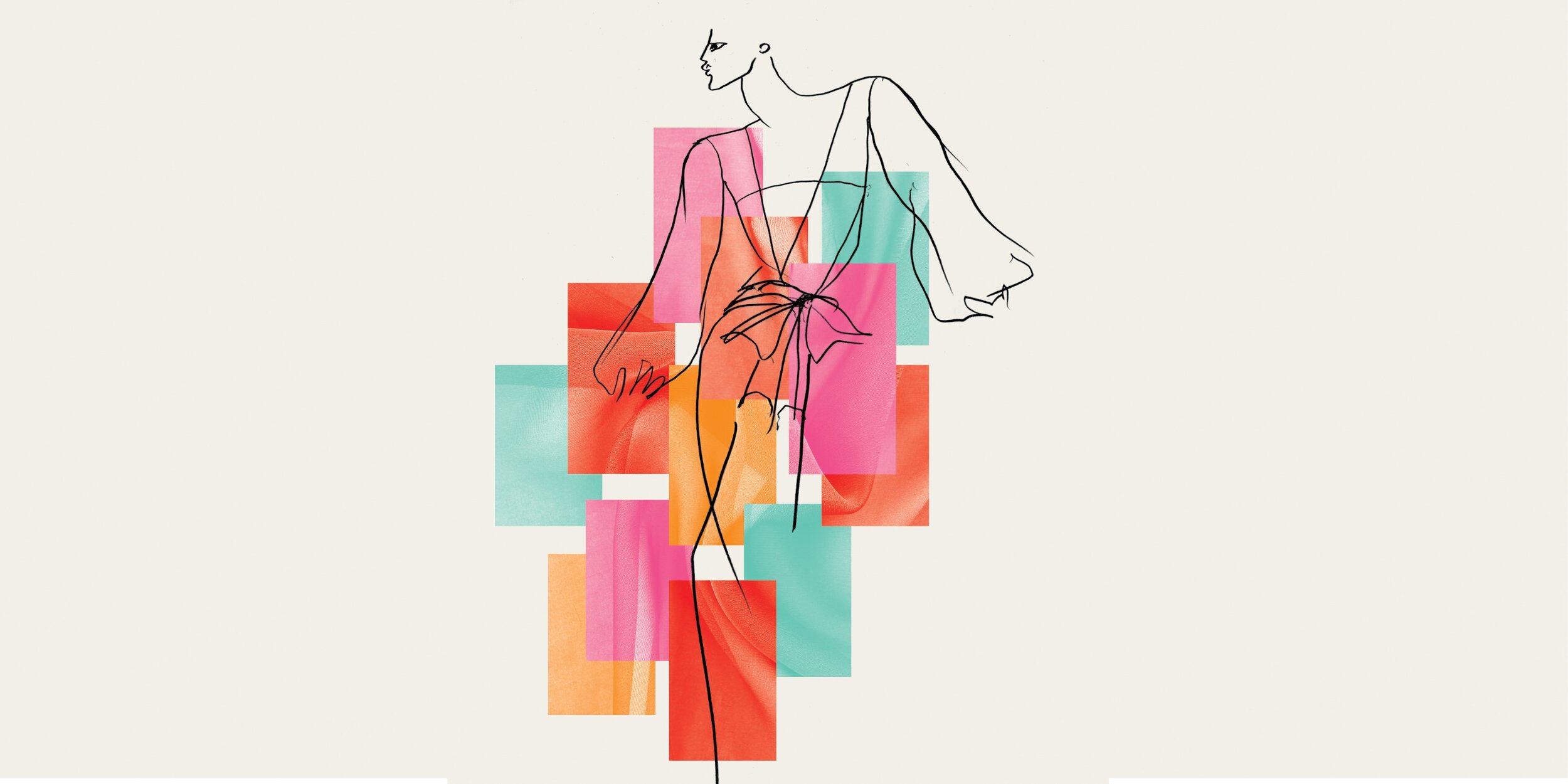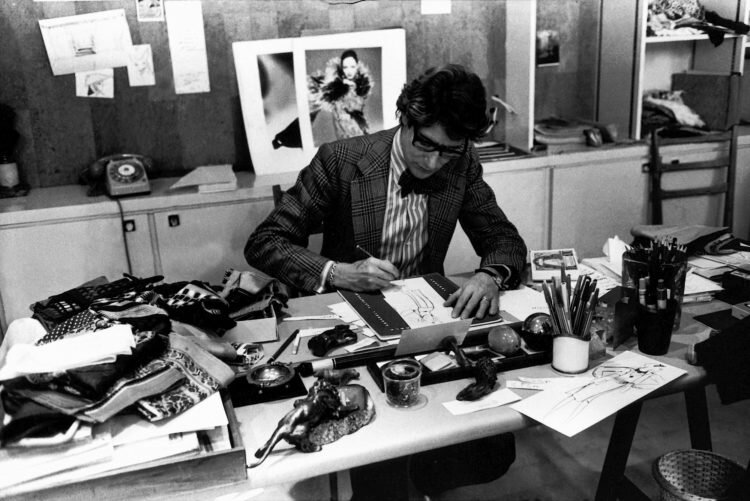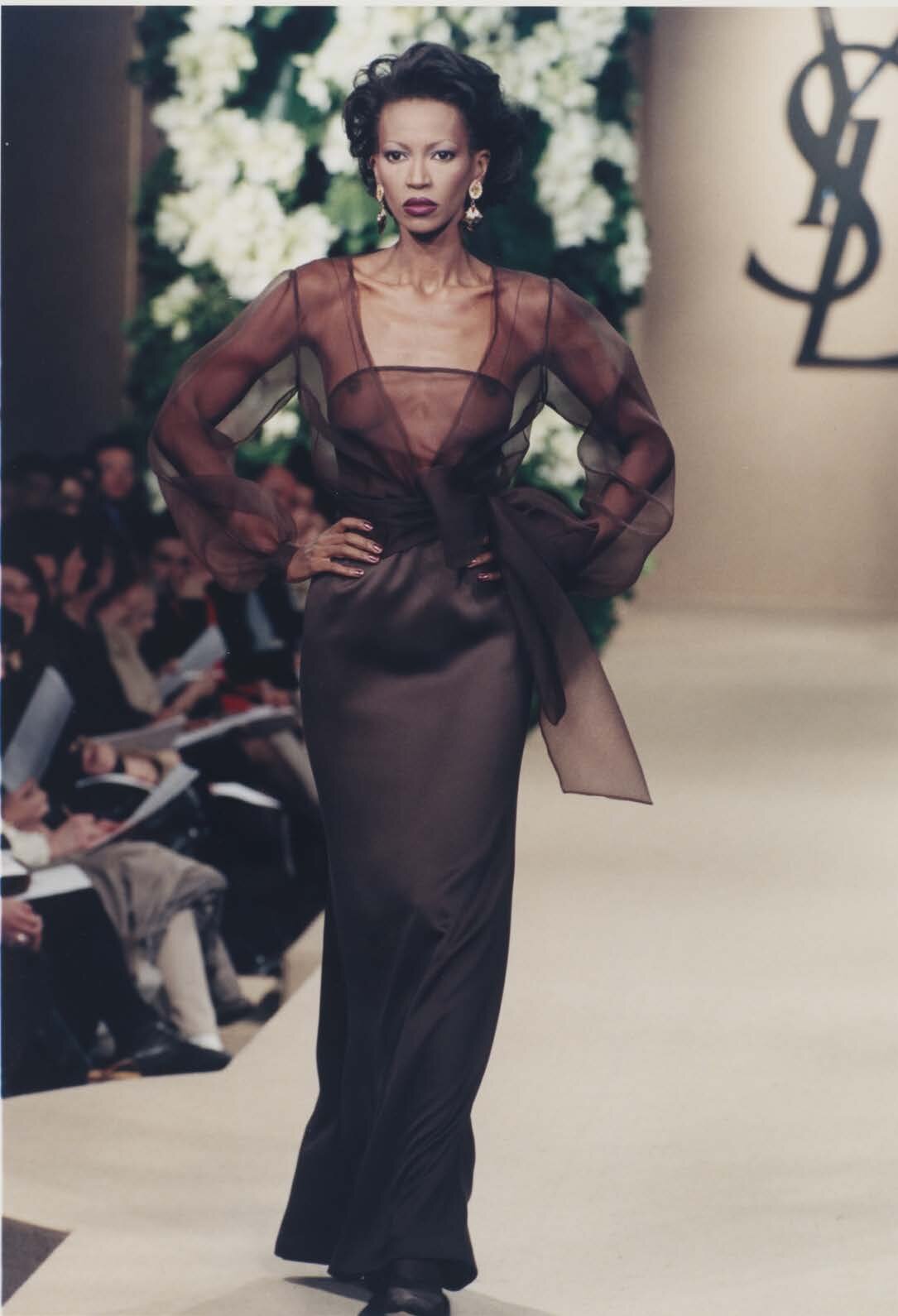Yves Saint Laurent: Behind the scenes of haute couture in Lyon
Yves Saint Laurent once said fabrics were “the basis of everything. The fabrics determine the idea, the line. If I use them in the wrong way, my designs are a failure and I have to abandon them. Choosing them is one of the most important steps in the creative process, the thing that requires the most concentration and that also brings the utmost joy.”
Running until December 5, 2021 at the Musée Yves Saint Laurent in Paris, the exhibition "Yves Saint Laurent: Behind the scenes of haute couture in Lyon" retraces the relationship between the brilliant couturier who “could design a dress with his eyes closed – that’s how well he knows fabrics” and one of the most renowned textile industries in the world, the Lyon textile houses, whose expertise and unparalleled creativity were integral to Parisian haute couture.
The Fabrique Lyonnaise, the name given in 1667 to Lyon’s silk industry by Jean-Baptiste Colbert, Louis XIV’s Minister of State, was a very complex system with areas of expertise divided among many specialised trades: designers, thread preparers, weavers, dressers, launderers and dyers, as well as mechanics, samplers, couriers, etc. The most numerous were the weavers who supplied the manufacturers and the intermediaries, known in the trade as converteurs, in other words those “who used third parties to turn their talent and expertise into a finished product”
The exhibition present his collaborations with seven Lyon-based houses: Bianchini-Férier, Bouton-Renaud, Brochier and Sfate et Combier for silk, but also the converteurs and middlemen Bucol, Abraham and Beaux-Valette, who would have fabrics manufactured for them in the region between the Rhône and Saône rivers. The exhibition also invites us to discover different materials and manufacturing techniques such as crepe, muslin, taffeta, velvet, and Cigaline (photo), a synthetic fabric conceived by Bucol as fine, light and delicate as a cicada’s wings, which Saint-Laurent used in his first nus-habillés (nude-dressed) garments, masterpieces of transparent transgression.
Aurélie Samuel, Co-curator of the exhibition and Director of collections at the Musée Yves Saint Laurent Paris, says the exhibition demonstrates the creative and technical aspects of haute couture are not mutually exclusive. “On the contrary, they are clearly interconnected; one reinforces the other. By mounting this exhibition at 5 Avenue Marceau, where the renowned couture house was located, we not only pay a well-deserved homage to the expertise of the entire Lyonnais region, but we also provide visitors with an understanding of the couturier’s creative process from a new angle and from its epicentre: Here, in Yves Saint Laurent’s studio, these magnificent fabrics come to life before our eyes," she explains.
“It is the material that defines haute couture,” Yves Saint Laurent told Le Monde in 1983.
This exhibition is the opportunity to see certain dresses from the collection of the Musée Yves Saint Laurent Paris that have rarely or never before been shown to the public.





